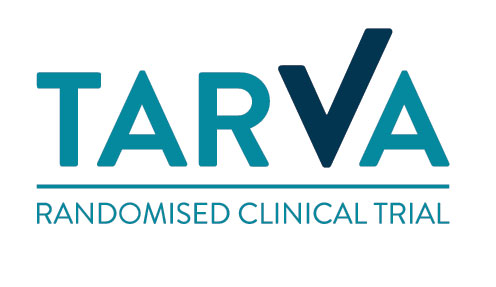Hello again!
I hope you had a chance to read my first post to this blog several days ago - if not, suggest you do so before carrying on as it will give you some useful background.
In the last post I explained a bit about how I had come to the decision that I needed surgery on my ankle, and also gave a little background about myself.
Let me now pick up the story where I left off last time - my first appointment with Mr. Andy Goldberg at the Royal National Orthopaedic Hospital (RNOH) in Stanmore on 8 January 2015.
First, a little bit of information about getting to and from the hospital - in this first instance, by public transport. Having arrived from Norwich at Liverpool Street, I took the Circle Line to Baker Street and changed to the Jubilee Line which I took to the end of the line, alighting at Stanmore. I then took the RNOH bus transport direct to the hospital site. The bus stops right outside the outpatients' building, which is where I was headed.
A few tips on using public transport combined with the hospital bus :
- the bus also goes to Edgware station
- the bus timetable is published on the RNOH website
- the pick-up point at Stanmore station is just to the left as you exit the station
- beware the "changeover" periods for the bus (shown on the timetable) when the bus doesn't run for quite a while - I got caught by this when I was leaving at around 5.45 p.m. on my first visit, exacerbated by the fact that, when I called for a taxi, I was told the wait was at least 40 minutes - I ended up waiting for the first bus of the evening shift.
This is an appropriate point - as foreshadowed in my previous blog - to spend a little time talking about the trial itself, and thus to explain why I don't know, right at this moment, whether I will be having a replacement or a fusion.
Without repeating all of the excellent information on the TARVA website, and at the risk of over-simplifying things, the main thrust of the TARVA trial is - through a clinical trial - to try to establish whether there is a difference - measured principally in terms of patient outcome (essentially quality of life) - between ankle replacement and ankle fusion as a technique to treat end-stage ankle arthritis.
in order to achieve that objective, use is being made of a randomised trial approach. This means that potential patients, as well as meeting certain other criteria (e.g. age), must be suitable to undergo either surgery type. The actual surgery type will then be allocated randomly (by a computer), such that half of the total patient population for the trial receive a replacement, and the other half have a fusion. There will then be follow-up for patients in both groups after their procedure to establish, by means of questionnaires, what effect the surgery has had on their overall quality of life.
So, like all the other patients on the trial, I have to wait until my "randomisation date" to know which of the two procedures I will undergo. Though I guess some people might feel a little uncomfortable with a computer making a final decision on which type of surgery they were going to have, that actually sits fine with me since - to be honest - I genuinely couldn't decide ( having reviewed all the information I could find on the pros and cons of both procedures) which was the best choice for me, so I'm happy for a computer to make the choice!
I have just been given a date when both my surgery pre-assessment and my randomisation will be done - it is 15 May which I have dubbed "R" day, hence the "R-21" in the introduction to this blog. If I am selected for a replacement, I shall also have to have a CT scan at the same time.
In my next post I will tell you something about my second visit to the RNOH in March, when I had an MRI and also met with Deirdre Brooking who is the Clinical Research Coordinator at RNOH.
Bye for now - more coming soon!
